Disclosure: This article contains affiliate links. We may earn a commission from purchases at no extra cost to you, which helps our travel content.
There's something uniquely powerful about standing alone at the epicenter of history. As I watched cherry blossoms flutter across the Peace Memorial Park in Hiroshima, I felt that peculiar duality that solo travelers know well—complete solitude yet profound connection. This wasn't my first solo adventure in Japan, but Hiroshima had always felt like a pilgrimage I needed to make on my own terms, at my own pace. The city exists in fascinating contrast—a place of immeasurable tragedy transformed into a beacon of resilience and hope. As an instructional designer who's spent years documenting how design principles manifest across cultures, I found Hiroshima's intentional rebuilding particularly compelling. This spring, I finally carved out a week between projects to explore this remarkable city, not just as a witness to its painful past, but as an observer of its vibrant present and hopeful future. What I discovered was a masterclass in how thoughtful design—both in physical spaces and cultural narrative—can transform even the darkest chapters of human history into something that educates, heals, and inspires.
Finding Peace in the Past: Hiroshima's Memorial Sites
The Atomic Bomb Dome stands like a haunting sentinel at the edge of the Motoyasu River—its skeletal dome preserved exactly as it remained after August 6, 1945. I arrived early, before the tour groups descended, and spent a full hour simply sitting across the river, sketching the structure's twisted metal frame in my travel journal. There's something about the physical act of drawing that forces you to truly see a place, to notice details that might otherwise blur past in a quick photo opportunity.
The Peace Memorial Museum requires emotional fortitude but rewards with profound insight. I recommend setting aside at least three hours here—not because of its size, but because the exhibits demand contemplation. The personal artifacts affected me most deeply: a child's charred lunch box, watches frozen at 8:15 a.m., shadows permanently etched into stone steps. I found myself repeatedly reaching for my pocket translator to fully comprehend the detailed testimonials from survivors.
The Children's Peace Monument, with its cascades of colorful paper cranes, offers a necessary counterbalance to the museum's heaviness. I joined a group of local schoolchildren folding cranes, their teacher translating as we shared stories across generations and cultures. This impromptu connection became one of my most cherished memories from Hiroshima.
As the afternoon light softened, I walked the entirety of Peace Memorial Park, stopping at each monument to read its inscription. The experience is deliberately designed to move visitors through stages of reflection—from confronting harsh reality to contemplating reconciliation and, finally, to embracing hope for the future.
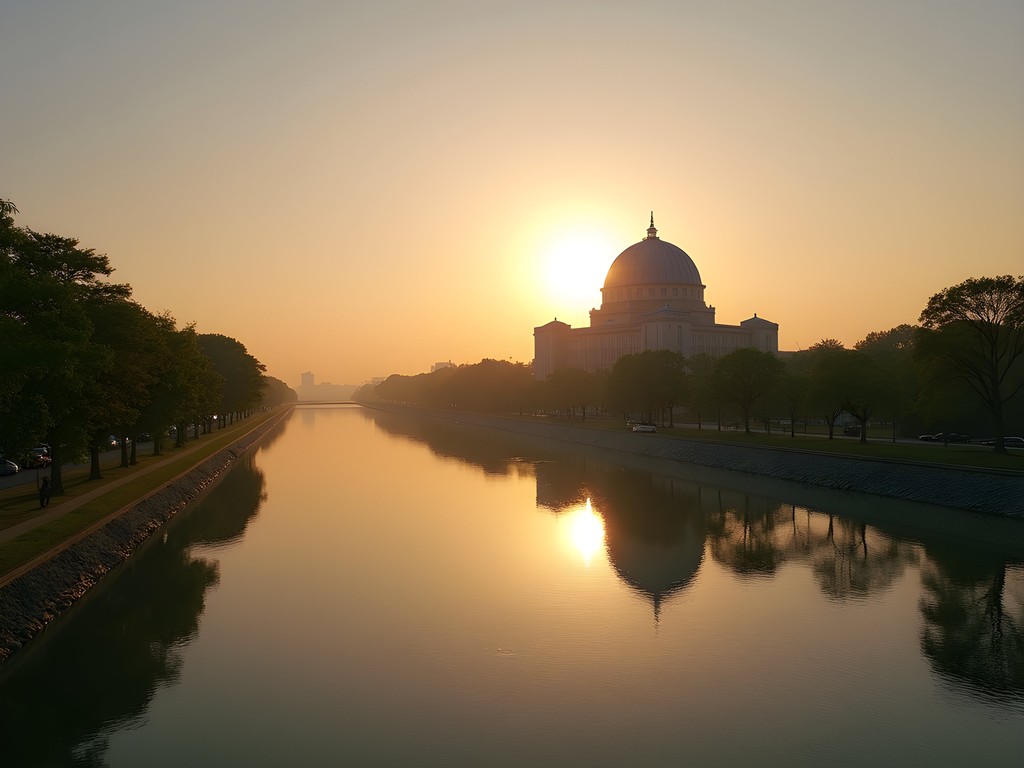
💡 Pro Tips
- Visit the A-Bomb Dome at sunrise before crowds arrive for quiet reflection
- Rent the audio guide at the Peace Memorial Museum—it provides crucial context
- Bring tissues and take emotional breaks when needed in the museum's contemplation spaces
Shukkei-en: Finding Solitude in a Pocket Universe
When the weight of history became too heavy, I retreated to Shukkei-en Garden, a 400-year-old landscape masterpiece that somehow survived the atomic blast. The name translates to 'shrunken scenery garden,' an apt description for this miniature world where every view has been meticulously crafted to evoke China's most famous landscapes.
As a designer, I was fascinated by how the garden uses forced perspective and carefully positioned elements to create the illusion of vast distances within a relatively compact space. The koi-filled pond at the center serves as both a mirror and a canvas, reflecting seasonal changes while creating a sense of expansiveness.
Solo travel allows for unhurried appreciation, and I spent an entire afternoon here with my travel sketchbook and a small watercolor set, attempting to capture the garden's shifting moods as spring clouds drifted overhead. An elderly groundskeeper, noticing my interest, silently guided me to hidden viewpoints tourists typically miss—a kindness to a solo traveler I won't forget.
The garden's teahouse offers traditional matcha and seasonal wagashi (Japanese confections) that change monthly to reflect nature's progression. I treated myself to this experience, watching cherry petals drift onto the pond's surface while contemplating the garden's survival through Hiroshima's darkest hour.
What struck me most was how the garden embodies the Japanese concept of ma—the meaningful space between things. In a city with such a complex relationship to its past, Shukkei-en offers that necessary space between remembrance and renewal, a place where silence speaks volumes and beauty emerges from careful intention.
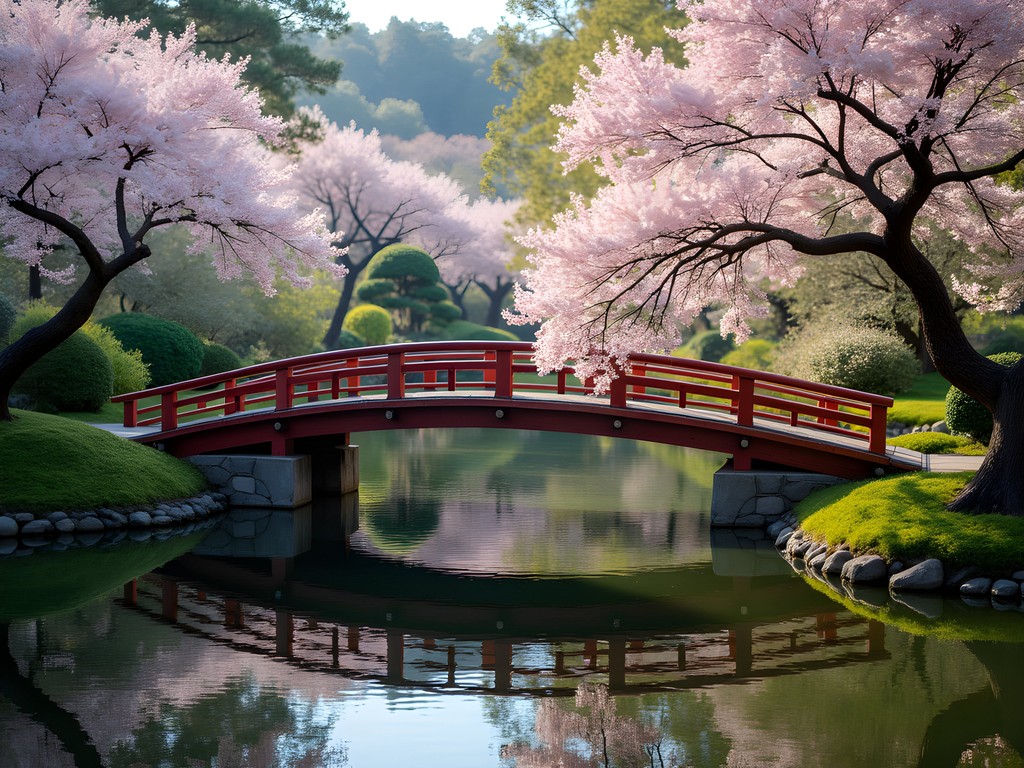
💡 Pro Tips
- Visit on weekday mornings when local seniors practice tai chi but tourist numbers are low
- The garden changes dramatically with the seasons—spring brings cherry blossoms, autumn offers fiery maple leaves
- Bring a small sketchbook—the garden staff appreciate artists and often share historical insights
Miyajima: A Sacred Island Retreat
No visit to Hiroshima is complete without a day trip to Miyajima Island, home to the iconic 'floating' torii gate of Itsukushima Shrine. The 30-minute ferry ride from Miyajimaguchi pier offers spectacular views of the mainland and serves as a perfect transition from urban exploration to sacred space.
I deliberately chose to stay overnight on the island, booking a modest ryokan that allowed me to experience two distinct versions of Miyajima: the daytime island crowded with day-trippers, and the evening sanctuary where deer roam freely through empty streets and the famous gate glows with subtle illumination.
The island's Mt. Misen offers the region's best hiking, with three trails of varying difficulty leading to the summit. I chose the challenging Daisho-in route, which winds through ancient forests and past moss-covered stone lanterns. My hiking poles proved essential on the steeper sections, especially when navigating around curious macaque monkeys that occasionally blocked the path.
At the summit (1,755 feet), panoramic views stretch across the Inland Sea to Hiroshima and beyond. I shared this spectacular vista with just two other hikers—a stark contrast to the bustling shrine below. The descent brought me to Daisho-in Temple, where I participated in the meditative practice of spinning metal sutra cylinders lining the staircase, each revolution said to bestow the same blessing as reading the sacred text inside.
Timing is everything on Miyajima. High tide submerges the base of the great torii gate, creating the famous 'floating' effect, while low tide allows visitors to walk right up to its massive vermilion columns. I planned my visit using tide charts, experiencing both perspectives—first watching the gate emerge from morning mist while seemingly suspended on water, then examining the barnacle-encrusted base up close as afternoon tide receded.
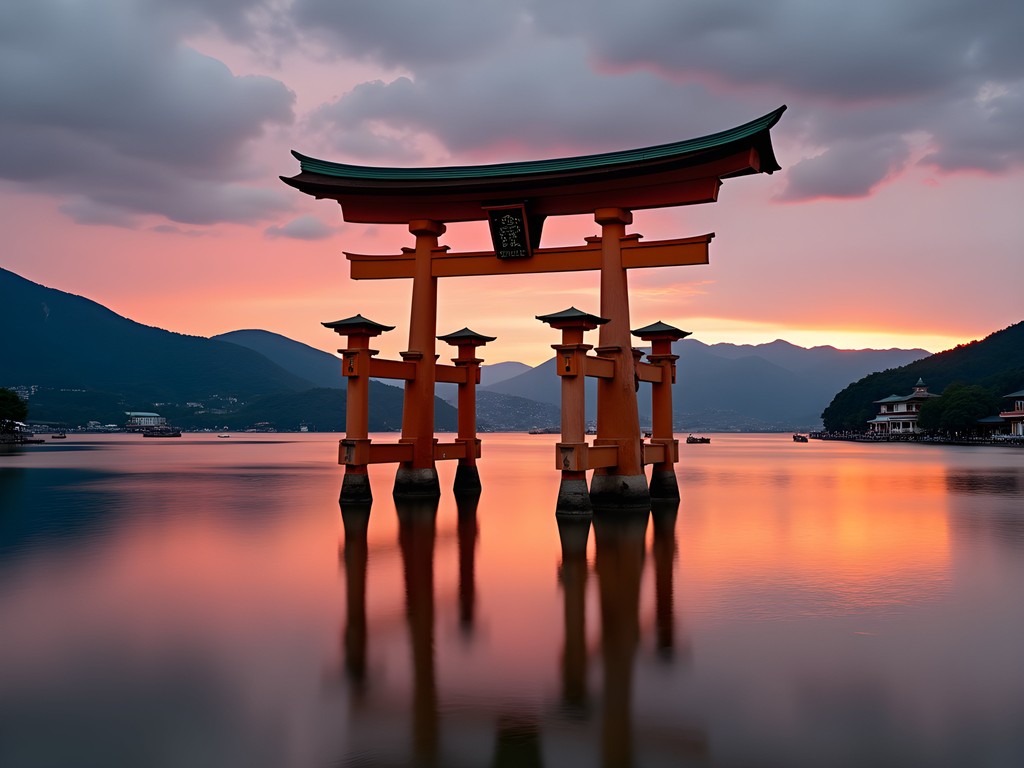
💡 Pro Tips
- Check tide schedules before visiting—the floating torii is most impressive at high tide
- Stay overnight to experience the island without day-trippers (after 5 PM)
- The ropeway to Mt. Misen is convenient but hiking offers more rewarding views and fewer crowds
The Art of Solo Dining in Hiroshima
Solo dining can be intimidating in Japan, but Hiroshima offers numerous options where single travelers are welcomed rather than merely accommodated. The city's food scene reflects its resilience—traditional dishes alongside creative innovations that emerged in the post-war period.
Okonomiyaki, Hiroshima's signature dish, differs significantly from its Osaka counterpart. The layered savory pancake includes noodles and is assembled with theatrical flair on tabletop grills. At Okonomimura, a multi-story building housing dozens of tiny okonomiyaki restaurants, I discovered that counter seating is perfect for solo diners. Chefs engage customers in conversation while creating personalized versions of this local specialty. I became so enamored with the preparation process that I purchased a cooking spatula similar to those used by the chefs, determined to recreate the dish at home.
For a more contemplative dining experience, I sought out Shokado-style bento boxes at traditional restaurants near Shukkei-en Garden. These compartmentalized meals, originally inspired by artists' paint boxes, present seasonal ingredients as edible art. The aesthetic consideration given to even casual meals reflects the Japanese concept of mindfulness through design that resonates deeply with my instructional design background.
Street food around Hiroshima Station provided both sustenance and social connection. Momiji manju (maple-leaf shaped cakes) vendors often offered samples and conversation, while yatai (food stalls) serving grilled oysters—another local specialty—provided casual standing counters where brief exchanges with fellow diners came naturally.
Unexpectedly, I found Hiroshima's emerging craft coffee scene to be particularly solo-traveler friendly. At Obscura Coffee Roasters, I lingered for hours in a window seat, alternating between people-watching and updating my travel journal, while baristas periodically shared information about their single-origin beans sourced from regions I'd previously visited.
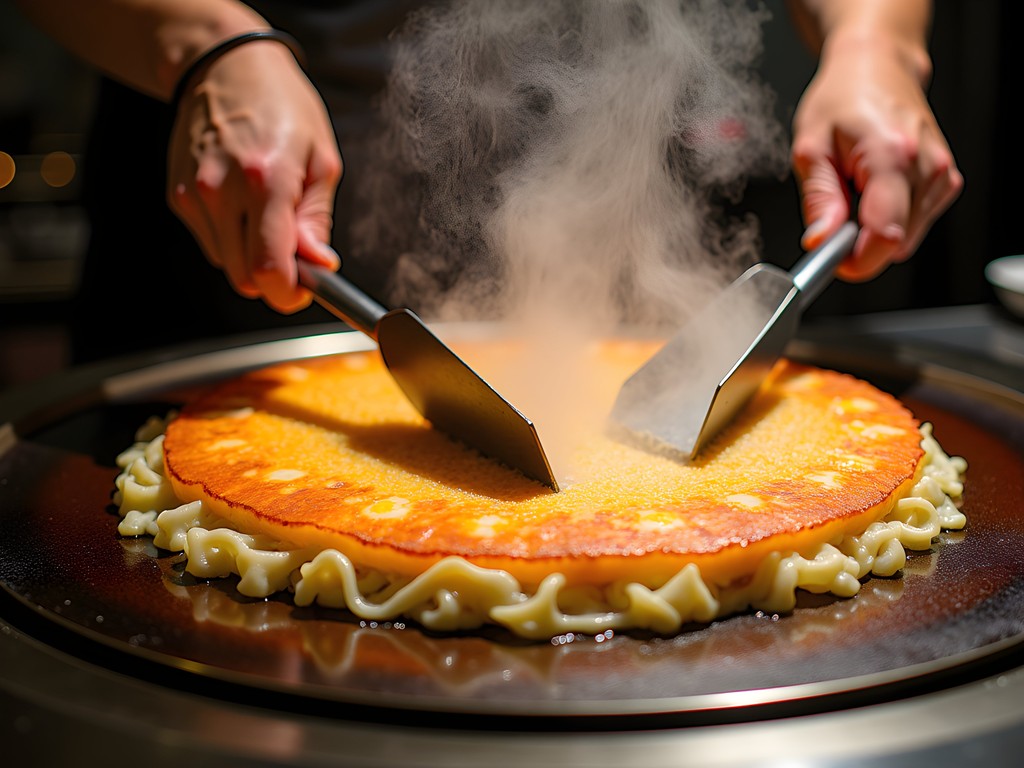
💡 Pro Tips
- Look for restaurants with counter seating for comfortable solo dining experiences
- Visit Okonomimura between 2-5 PM to avoid lines and receive more personalized attention from chefs
- Carry a small notebook for food recommendations—locals love suggesting their favorite spots when they see you documenting your culinary journey
Connecting Through Cultural Workshops
Solo travel can occasionally trigger loneliness, but I've found that participating in hands-on cultural activities creates natural connections while deepening appreciation for local traditions. Hiroshima offers several workshops specifically designed to welcome individual participants.
At Hiroshima Mokuga, I joined a traditional woodblock printing class where the instructor demonstrated how this ancient art form has been adapted to create contemporary pieces reflecting Hiroshima's journey. Working alongside local artists, I created a simple print incorporating the symbolic paper crane. The three-hour workshop flew by in focused concentration, the rhythm of carving tools and printing barens creating a meditative atmosphere that transcended language barriers.
The Hiroshima Prefectural Art Museum regularly hosts calligraphy demonstrations where visitors can try their hand at shodo (Japanese calligraphy). My attempts at brushwork earned encouraging smiles from the elderly master, who adjusted my hand position with gentle guidance. The character I practiced—和 (wa), meaning harmony—seemed particularly appropriate given Hiroshima's evolution into a city of peace.
Perhaps the most meaningful workshop experience came at a small community center near my accommodation, where I stumbled upon a weekly gathering of survivors and descendants creating paper cranes for the Children's Peace Monument. Though my folding technique needed considerable improvement, I was welcomed warmly into their circle. We communicated through my limited Japanese, their sparse English, and the universal language of creative work done side by side.
For those interested in traditional crafts with practical applications, I recommend the bamboo basket weaving workshop at Miyajima's traditional crafts center. The instructor provided a craft tool kit that made the intricate process more manageable for beginners. My small, imperfect basket became both a useful souvenir and a tangible reminder of the patience required to create something meaningful by hand.

💡 Pro Tips
- Book workshops at least 2-3 days in advance through your accommodation or the tourist information center
- Bring a small gift from your home country to share with instructors—this simple gesture often leads to deeper cultural exchange
- Photography is usually permitted in workshops, but always ask before taking pictures of people or techniques
Final Thoughts
As my train pulled away from Hiroshima Station, I found myself already planning a return visit. This city, which had initially drawn me through its historical significance, had revealed itself as so much more—a living testament to human resilience, thoughtful design, and the power of intentional remembrance. Solo travel here offered something uniquely valuable: the space to process complex emotions at my own pace, balanced with unexpected moments of connection that transcended language and cultural differences. Hiroshima doesn't just preserve history; it transforms it into a foundation for building a more peaceful future. For the solo traveler seeking both introspection and inspiration, few destinations offer such profound rewards. Whether you're folding paper cranes alongside locals, contemplating design in ancient gardens, or simply sitting quietly by the river at dusk, Hiroshima invites you to be not just a witness to history, but a participant in its ongoing story of hope.
✨ Key Takeaways
- Solo travel in Hiroshima offers unique opportunities for both reflection and unexpected human connection
- Balance emotionally heavy historical sites with restorative experiences in gardens and traditional workshops
- Staying overnight on Miyajima Island provides a completely different experience than a day trip
- Participating in hands-on cultural activities creates natural social interactions for solo travelers
📋 Practical Information
Best Time to Visit
March-May (spring) or October-November (fall)
Budget Estimate
$100-150 per day including mid-range accommodation, meals, and activities
Recommended Duration
5-7 days (including overnight on Miyajima)
Difficulty Level
Beginner
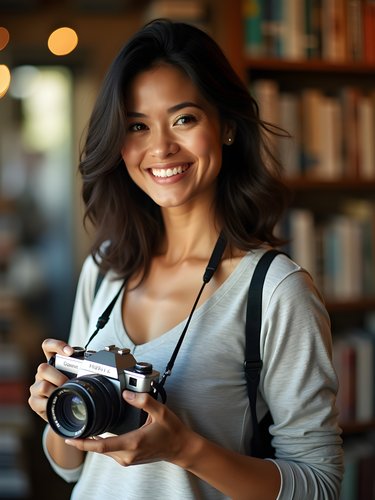
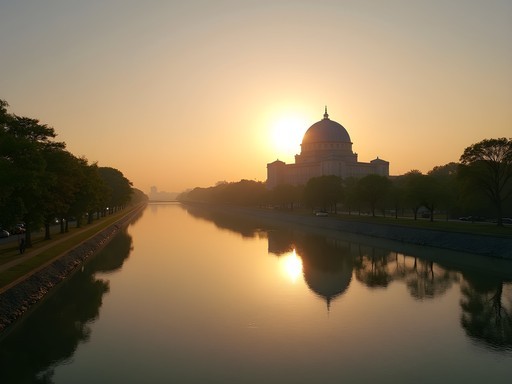
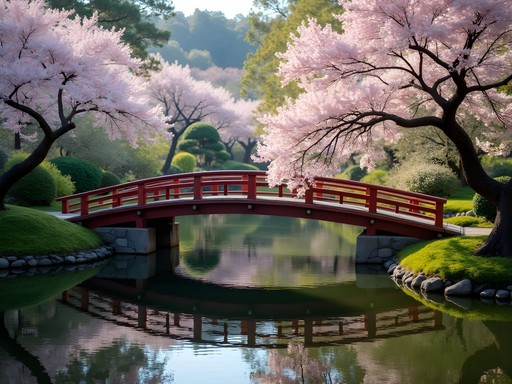
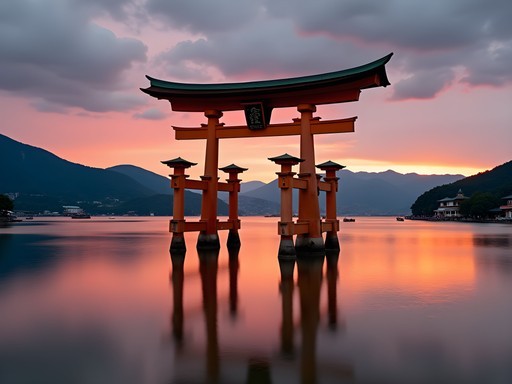
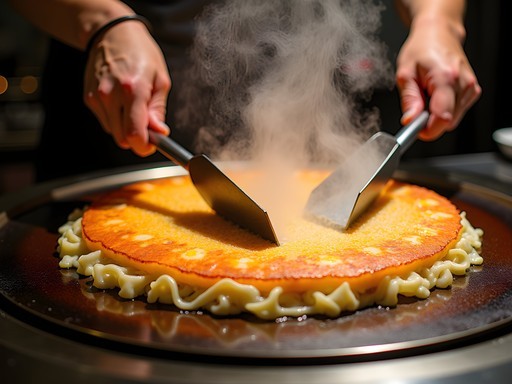
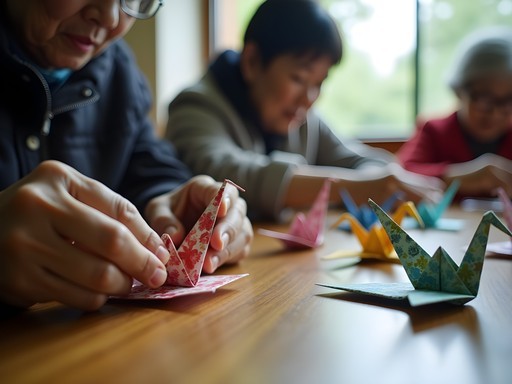










Comments
moonstar
Your photos of Miyajima are gorgeous! Those torii gate shots at sunset... wow!
Maya Reyes
Thank you! I actually waited an extra day just to catch that light. Worth every minute!
moonstar
It really paid off! Did you use any special camera settings? I always struggle with sunset shots.
Maya Reyes
Just my travel camera on aperture priority mode. It's compact enough for solo travel but handles low light surprisingly well!
mountainmood
How many days would you recommend for Hiroshima? Is it doable as a day trip from Osaka or should I plan to stay overnight?
Maya Reyes
I'd definitely recommend at least one overnight stay, two nights if possible. While you could technically do it as a day trip from Osaka (it's about 90 minutes each way on the shinkansen), you'd be rushing and miss the evening atmosphere. Plus, if you want to visit Miyajima Island (which I highly recommend), that's another half day at minimum. The peace memorial deserves unhurried time for reflection too.
Amit Sullivan
Completely agree with Maya. I tried to do it as a day trip my first time in Japan and regretted not staying longer. Ended up going back and spending 3 days there on my next trip. The city deserves time.
summerseeker7903
Going to Hiroshima next month as a solo traveler! Any recommendations on where to stay? Your mention of the okonomiyaki places has me excited already!
Hannah Woods
I stayed at a small ryokan near the Peace Park called Mikawaya. Traditional experience but with private rooms that were perfect for a solo traveler needing space to decompress after emotional days. And don't miss Okonomi-mura building for okonomiyaki - three floors of different stalls all making Hiroshima-style!
summerseeker7903
Thanks Hannah! Just looked up Mikawaya and booked it! And Okonomi-mura is definitely on my list now. So excited!
Hannah Woods
Maya, your piece on Hiroshima resonated deeply with me. I visited solo last year and that juxtaposition between profound historical weight and the gentle healing that seems to permeate the city now is something I struggled to articulate. Your description of standing alone at the A-Bomb Dome at dawn particularly struck me - I had a similar experience and found the solitude allowed for a deeper emotional connection. Did you find that traveling alone in Hiroshima actually enhanced the experience? For me, the ability to process at my own pace was invaluable, especially at the Peace Memorial Museum.
moonstar
I've only ever visited with others, and now I'm wondering if I missed something by not experiencing it alone. The museum was overwhelming even with company.
Maya Reyes
Hannah, absolutely. The solitude created space for reflection that I don't think would have been possible otherwise. And moonstar, there's value in both experiences - sharing that emotional weight with others creates its own kind of connection.
smarttime
Just booked my tickets to Japan and Hiroshima is definitely on my itinerary now! Your photos convinced me!
Zoe Dixon
Maya, your section on Miyajima Island resonated with me so much! I visited last year and taking that early morning ferry was one of the best decisions I made. Having the floating torii gate almost to myself before the day-trippers arrived was magical. For anyone planning to visit, I'd recommend staying overnight on the island if your budget allows - the atmosphere completely transforms after the last ferry takes tourists back to the mainland. Also, be careful with your belongings around the deer! Those cute creatures tried to eat my travel journal when I wasn't looking. Maya, did you get to try the momiji manju? Those maple-leaf shaped cakes are addictive!
Maya Reyes
Yes! I tried all the flavors I could find - the traditional red bean, custard, matcha, and even the chocolate ones. Brought some home for friends too. And you're so right about staying overnight - it was like having a completely different island experience once the day visitors left.
roamdiver
How was the solo dining experience in Hiroshima? I always feel awkward eating alone when traveling.
Maya Reyes
It was actually really comfortable! Many places have counter seating which is perfect for solo diners. The okonomiyaki restaurants especially - you sit at the counter and watch them cook right in front of you, which gives you something to focus on. And everyone's so friendly, I ended up chatting with chefs and nearby diners despite the language barrier!
roamdiver
That's so reassuring, thank you! Definitely feeling more confident about my upcoming solo trip now.
Amit Sullivan
Maya, your post brought back so many memories. I visited Hiroshima solo five years ago, and that duality you described - the city's tragic history alongside its vibrant present - struck me deeply too. The Peace Memorial Museum left me in tears, but then I found myself laughing with locals at an okonomiyaki place that evening. Did you try the local style okonomiyaki? It's quite different from the Osaka version, layered rather than mixed. I found Hiroshima to be one of the most welcoming places for solo travelers in Japan.
mountainmood
Was it difficult to navigate Hiroshima without speaking Japanese? Planning a solo trip there next year and a bit nervous about the language barrier.
Amit Sullivan
Not at all! Hiroshima has excellent English signage, especially around the main tourist areas. The tram system is easy to use with announcements in English. Many restaurant menus have pictures or English translations. And honestly, people are incredibly helpful even with minimal shared language. You'll be fine!
wanderstar
Those cherry blossom photos are absolutely stunning! Hiroshima has been on my bucket list forever.
travelgal
OMG I'm heading to Japan next month and just added Hiroshima to my itinerary after reading this!!! Your description of Miyajima Island sounds AMAZING! Did you stay overnight there or just do a day trip? So excited to experience this myself!!
Maya Reyes
I did it as a day trip, but honestly wish I'd stayed overnight! The island gets so peaceful after the day-trippers leave. If your budget allows, there are some beautiful ryokans there.
travelgal
Thanks so much for the tip! Going to look into ryokan options right now!
Venture X
Premium card with 2X miles, $300 travel credit, Priority Pass